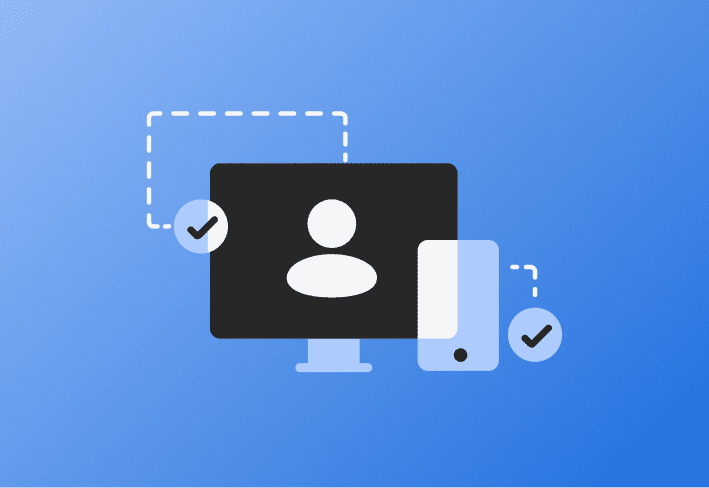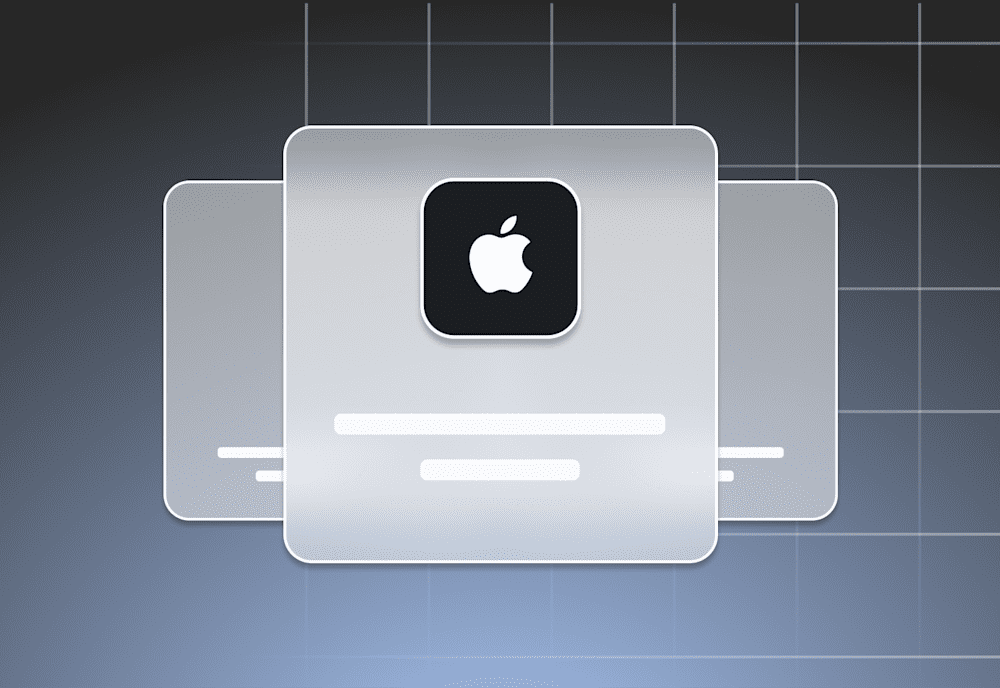Deploying custom iOS apps for business use can feel overwhelming, given the variety of scenarios that apps are built into: free apps, paid apps, in-app purchases, internal business apps, contractor-developed apps, and more. Fortunately, Apple offers several distribution programs to simplify the process.
This guide covers all current methods for deploying iOS apps, whether for internal enterprise use or public App Store distribution. Each method is defined by two key factors: how the app binary is delivered to a device and how licensing is handled.
Find the right option for the job
Below is a quick overview of the available distribution methods. Typically, one program will best suit your organization's unique needs.
Method | Binary Hosting | Licensing |
|---|---|---|
Ad hoc | Manual, TestFlight, or MDM | Developer must register the UDID of each device before installation. |
Enterprise | Manual or MDM | Works on all devices within an organization without registration. Not permitted for use outside of an organization. |
App Store | Public App Store | Works on all devices with an Apple ID. |
B2B VPP | MDM | Managed within VPP portion of the Apple Business Manager. |
Keep reading for a deeper dive into each program, including their pros and cons!
Streamline your Apple device management
Try SimpleMDM free for 30 days to see how the ultimate Apple MDM helps you manage your fleet with ease.
App Store distribution
The most common method for distributing apps is through the public App Store. This approach offers several advantages:
Your app becomes available to anyone with an iOS device and an Apple ID.
Monetization is straightforward — set a purchase price, use in-app purchases, or leverage Apple’s advertising network (the iAd network).
However, Apple’s app approval process can be challenging. While most initial reviews take under 24 hours, some can stretch on longer. Subsequent updates may also face delays.
This app approval process ensures that apps follow proper guidelines for the App Store, but Apple may require you to make changes to your app or adjust certain features. For example, if an app has an issue, such as a bug or a security vulnerability, Apple will require you to patch it.
When to use it: If your app needs broad visibility and availability, the App Store is the way to go. If not, consider other distribution methods to avoid the review process.
Ad hoc deployment
Ad hoc deployment is ideal for private betas or small-scale, temporary distributions. With this method, the developer delivers the app binary directly to each device (e.g., via email or a download link). However, the binary will only work on devices with UDIDs registered in the Apple Developer portal.
Key points:
Export your app from Xcode using the Ad Hoc Deployment option.
You can distribute the binary via MDM, but UDID registration is still required.
When to use it: Perfect for testing or short-term deployments.
Enterprise deployment
Enterprise distribution allows organizations to deploy custom apps internally without registering individual device UDIDs or publishing them in the App Store. Apps are signed and exported from Xcode, enabling installation on any device within the organization.
Distribution methods:
Manual (email, URL)
Mobile device management services like SimpleMDM streamline remote installation.
Important notes:
Enterprise deployment is strictly for internal use. Distributing apps outside your organization violates Apple’s terms.
Apple now requires organizations to have at least 100 employees to qualify for this program. Smaller businesses should consider the B2B VPP option.
When to use it: Ideal for large organizations deploying internal apps.
Private VPP B2B store app deployment with Apple Business Manager
Apple’s Volume Purchase Program (VPP), part of Apple Business Manager, allows businesses to create a private app store. This store can host internal apps and share them with other enrolled businesses.
Key features:
Apps undergo a more flexible approval process since they’re not publicly available.
Distribution is managed through Apple Business Manager, often integrated with MDM services for seamless deployment.
Apps must be approved before they become available in Apple Business Manager. However, this process is more flexible than the App Store’s, as these apps are not intended for public distribution.
When to use it: Best for businesses needing a private, controlled app distribution channel.
Since Apple Business Manager functions as a private app store, it manages app distribution within the program itself.
Within the program, you can make internal app binaries available to any device that has joined. Additionally, you can share your apps with other businesses through Apple Business Manager and receive apps from them in return.
Parting thoughts
Choosing the right distribution method is just the first step. Equally important is planning the deployment process. Small details, when handled correctly, can turn a potentially painful process into a seamless, automated workflow.


